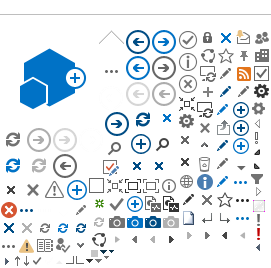This Library is the content area for the technology page slider. To add a new slide, just drag and drop a properly sized image below and add the following information:
Name: Does not show on the slider.
Title: This will show the above the Abstract text but below the image in bold text. It will also appear in the slide navigation. We recommend keeping this text brief and uniform in relation to other titles to prevent layout issues.
Abstract: This is the short text that appears just under the slide image in the rotation.
Article: This is the full article that will appear in a modal when the user clicks "Read More..." You must have an either an Article or a MoreLink for each item.
MoreLink: This will override the modal functionality of the Article field so that the user is directed to the URL listed in MoreLink when clicking on "Read More..." instead of being shown an article in a modal.
Other fields are not required.
Image that is used should be 900px by 600px


